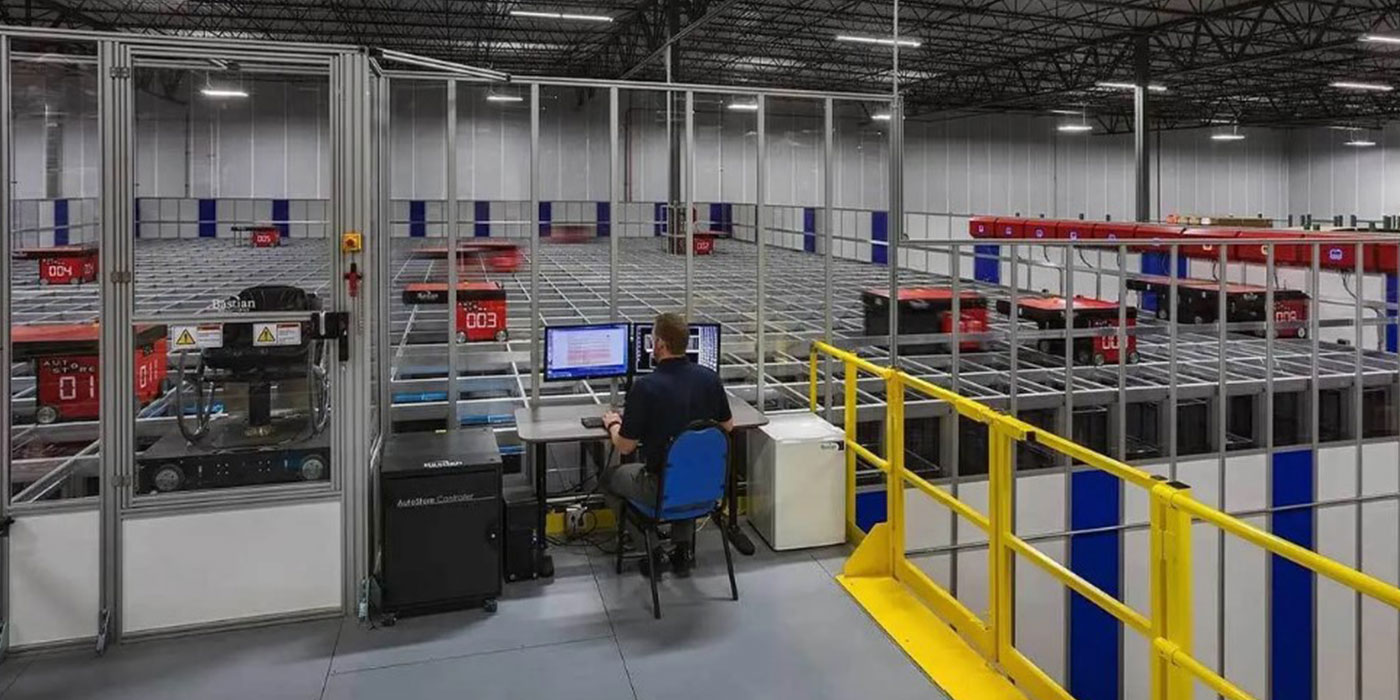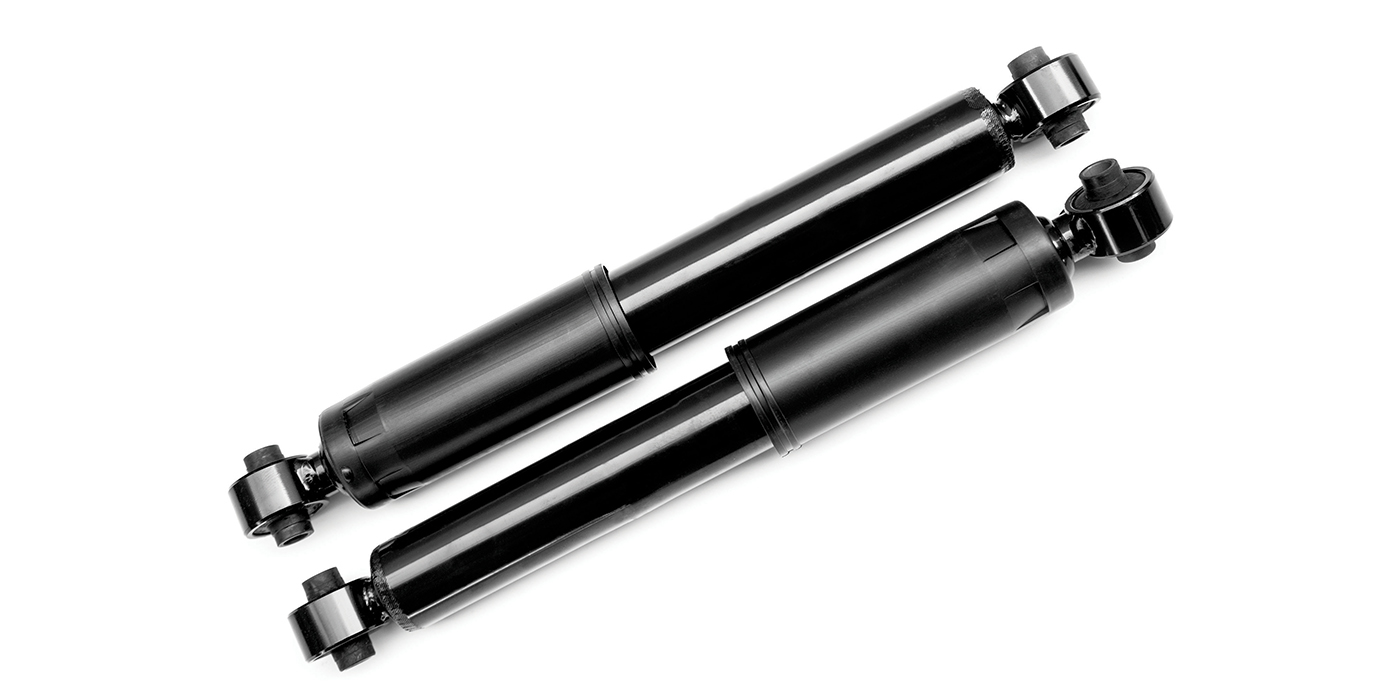The GEP Global Supply Chain Volatility Index — which tracks demand conditions, shortages, transportation costs, inventories and backlogs based on a monthly survey of 27,000 businesses — rose in April to -0.18, from -0.32 in March, which signals that global supply chains are operating at close to full capacity.
An Index greater than 0 indicates supply chain capacity is being stretched. The further above 0, the more stretched the supply chains are. An index less than 0 indicates supply chain capacity is being underutilized. The further below 0, the more underutilized supply chains are.
Improving activity across global supply chains is a direct result of healthier demand, which has picked up consistently in the year-to-date after considerable weakness in 2023, GEP said. The Asian market is at the forefront of this trend, with input demand at the region’s factories remaining strong. Procurement managers in South Korea, Vietnam, India and China reported greater purchasing activity during April.
According to GEP Consulting, the North American market is showing more evidence of tightening capacity, with backlogged work reported by manufacturers, particularly in Mexico. Demand for raw materials, commodities and components, while still subdued, also improved slightly. Meanwhile, demand conditions were less robust in Europe, with the region’s manufacturing sector continuing to underperform and lag other parts of the globe. Positively, however, the industrial recession across the continent has eased considerably since late last year.
“After four years of supply shocks, inflation, stockpiling, and uncertainty, global supply chains are now operating in a Goldilocks zone, a steady state of full capacity, not expanding or contracting too quickly, which is excellent news for global suppliers and business,” Mike Seitz, vice president, GEP Consulting said. “In China, we’re seeing a steady pick-up in manufacturing activity, which will encourage Chinese Premier Li Qiang to accelerate efforts to remove barriers imposed by European markets and foster more FDI, especially as the potential for tougher U.S. tariffs and trade policies loom.“
April 2024 key findings
- Demand: Global demand for raw materials, commodities and components remained close to its long-term average in April, highlighting vastly improved conditions in the worldwide manufacturing sector compared with late last year. As was also the case in March, Asia was the main positive force, with major goods-producing nations such as China, India and South Korea recording growth, according to GEP.
- Inventories: Inventory drawdowns persisted into April, albeit cooling in strength compared to March. Reports from global businesses of stockpiles rising because of price or supply concerns were among the lowest seen in over four years, GEP said.
- Material shortages: GEP said reports of a short supply for items, including semiconductors, foodstuff, chemicals, and metals, remain historically low.
- Labor shortages: After rising for the past three months, GEP said global reports of backlogged orders rising because of staff shortages fell in April and were broadly aligned with historically typical levels. Regional differences persisted, however, with North America seeing greater labor shortages than elsewhere.
- Transportation: Following recent increases in oil prices, global transportation costs rose for the first time this year in April, according to GEP.
Regional supply chain volatility
- North America: Index broadly unchanged at -0.30, versus -0.31 previously. Although indicative of spare capacity, the input demand trend ticked higher in April, while increased backlogs of work were also reported, GEP said.
- Europe: Index fell to -0.55, from -0.62. GEP said April’s increase suggests the continent’s industrial downturn continued to ease.
- U.K.: Index decreased to -0.47, from -0.17 as U.K. manufacturers destock sharply instead of ordering from suppliers, GEP said.
- Asia: The Index rose to 0.07, from -0.07, signaling the first month of stretched supplier capacity since January, according to GEP.











